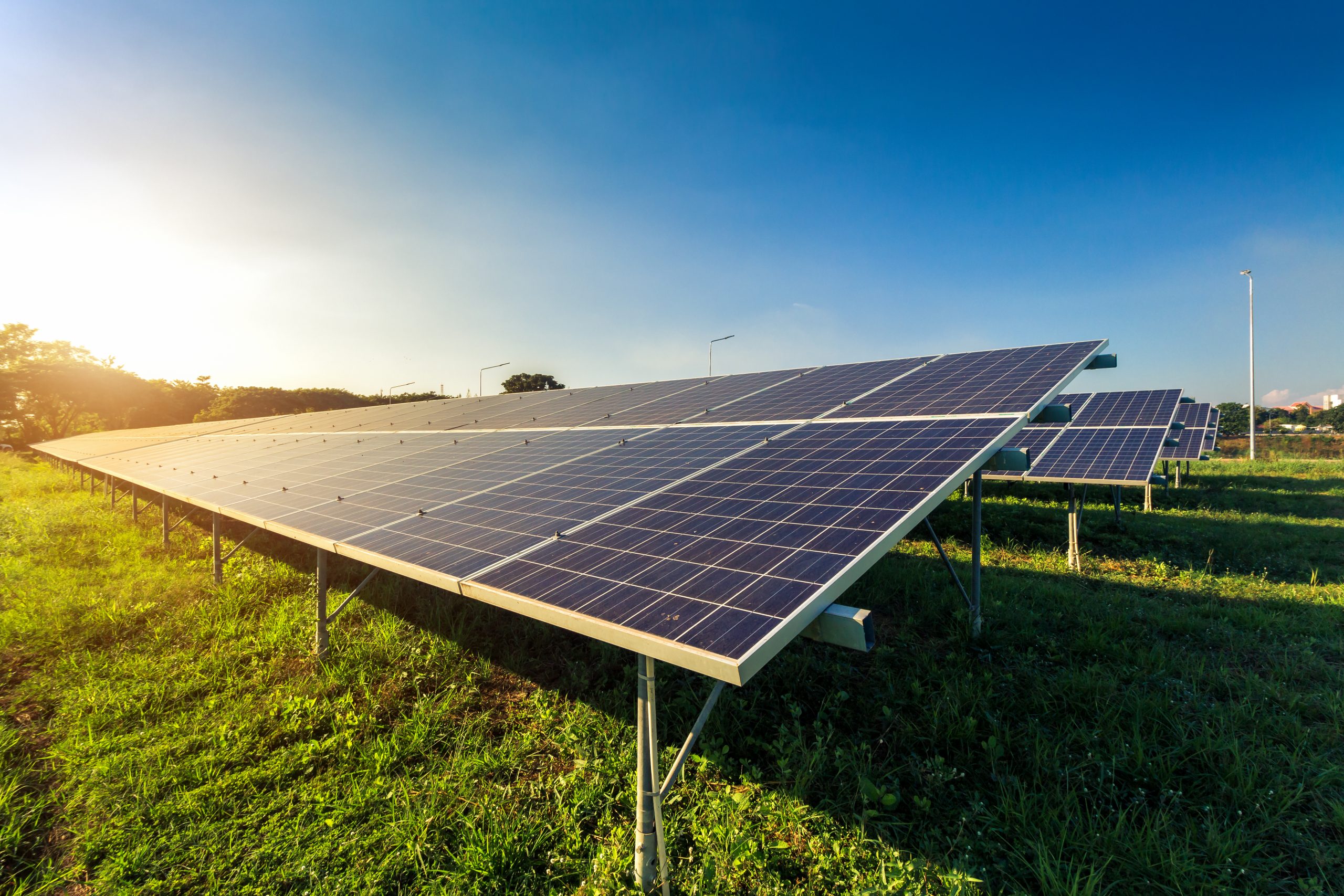Increasingly becoming more and more popular among Australian property owners, solar energy is the ideal choice for those looking to reduce their carbon footprint and cut power bill costs. For these reasons alone, we all know that solar panels are a wise addition to any Australian home, but what you might not understand is how solar panels work.
Here at Quantum Solar, we regularly assist our clients throughout Tweed Heads and the surrounding regions with their solar power needs. Over the years of installing and maintaining solar panels, we’ve become experts in the field. To help you form a clearer understanding of solar power and how solar panels work, we’ve put together a comprehensive summary for you below.
The basics of solar power
The sun is essentially a giant natural nuclear reactor releasing tiny bursts of energy called photons which travel to Earth. Solar power works by capturing this energy from the sun via solar panels—the energy is then turned into electricity which can be used to power your home or business.
Solar doesn’t always generate electricity, only when it is most needed. This includes throughout the hottest and sunniest times of the day. Here in Australia, we get to experience some of the sunniest conditions in the world—so why not make the most of this by considering solar power?
Solar panels: how do they work?
When photons from the sun hit a solar cell, electrons are loosened from their atoms. When conductors are connected to the positive and negative sides of a cell, an electrical circuit is formed. As electrons move through this electrical circuit, electricity is generated. A solar panel is therefore made of multiple cells which are used to capture and transform photons from the sun and create electricity for our properties.
DC electricity, AC electricity & inverters
The solar panels installed on our roofs are usually referred to as PV (PhotoVoltaic) solar systems. PV solar panels are used to generate direct current (DC) electricity. DC electricity means that the electrons can only move in one direction, an example of this is a battery powering a lightbulb. Alternating current (AC) electricity, on the other hand, means that the electrons are pulled and pushed in reverse directions. AC electricity is commonly used for electrical power grids throughout Australia. Since solar panels create DC energy, how do we use it on an AC grid? An inverter must be used to convert DV to AC power.
For more information on solar panels, be sure to get in touch with the expert team at Quantum Solar today on 1300 4 SOLAR.We provide both residential and commercial solar power services throughout the Tweed Heads region.


Leave A Comment